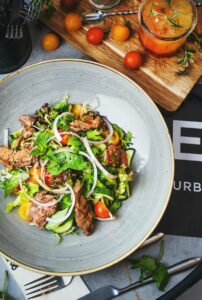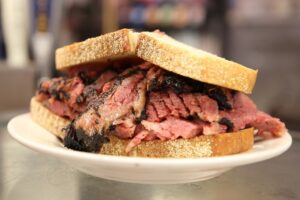Last Updated on December 13, 2025 by Emma Fajcz | Published: March 28, 2022
The East Village has long been the punk rock sibling to the more posh and put-together West Village. Roughly stretching from the Bowery to the East River and from E. 14th Street and E. Houston Street, the neighborhood was largely occupied by German and Ukrainian immigrants in the 19th century and was considered the northern swath of the Lower East Side.
In the 1960s, hippies, writers, and artists gravitated over from the rapidly gentrifying Greenwich Village, thus bringing an artistic and bohemian vibe to the area. It was at this time when the neighborhood started to be considered an extension of Greenwich Village and thus was rebranded the “East Village.”

Today, the neighborhood’s streets are flanked by dive bars, funky boutiques, and hipster cafes. The vibrant and diverse restaurant scene in the East Village makes the neighborhood one of the best dining destinations in the city. Here you’ll find everything from excellent and affordable Chinese spots to Michelin-starred fine dining restaurants. And everything else in between.
Here are the 13 best East Village restaurants.
CheLi
This stretch of Saint Mark’s Place is flanked by somewhat forgettable Chinese, Japanese, and Taiwanese restaurants. CheLi does not fit into that category. Specializing in Shanghainese cuisine, the restaurant is marked by the perpetual gaggle of people out in front hoping to nab a table.
The interior is bedecked to look like a Chinese village from decades (or even centuries) past but what’s best is on the menu. The xiao long bao, or soup dumplings, which are thin-skin dumplings magically holding soup broth and meat inside, are excellent here. For an extra flavor kick, get the soup dumplings with black truffles.
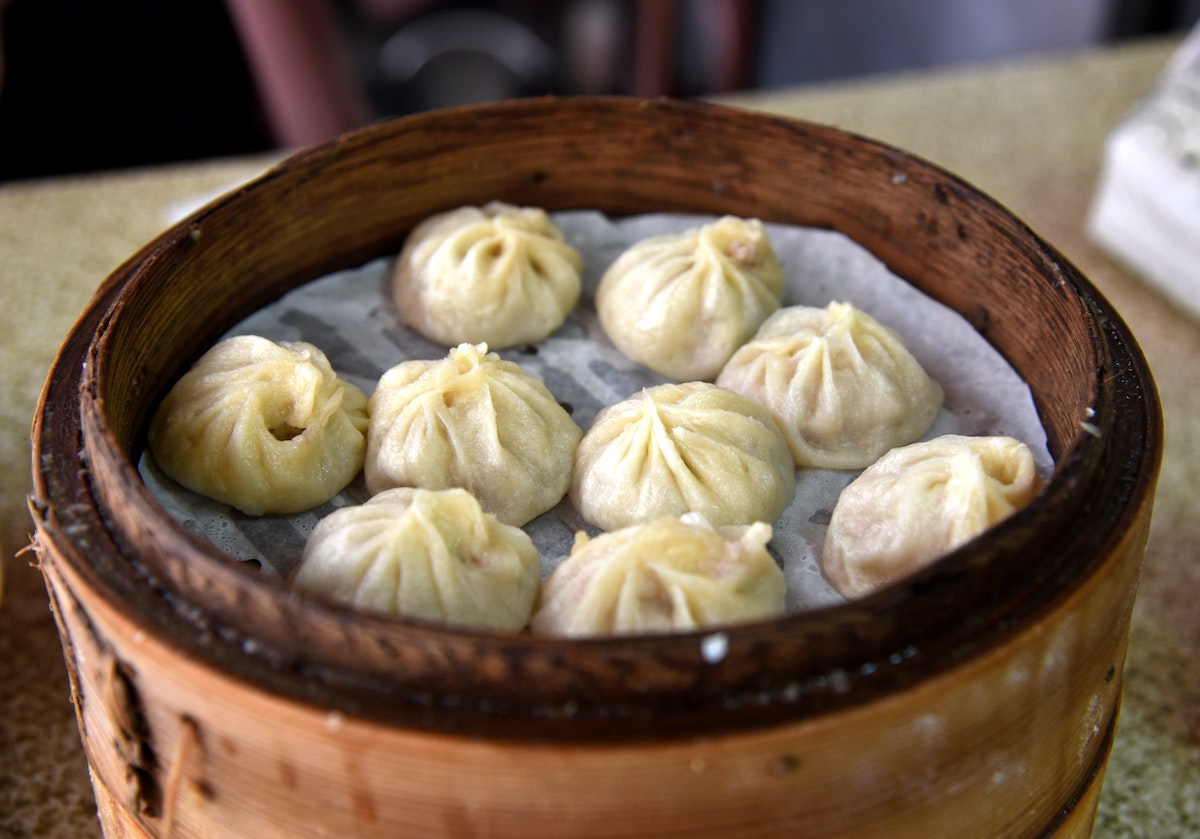
Foxface
Essentially a window with outdoor seating next to the William Barnacle Tavern (where you can also purchase booze to go with your meal), Foxface serves up some of the best and most inventive sandwiches in the city.
The “foxface” in question is red-haired, Israeli-born owner Sivan Lahat, and she really does look like a fox. Lean in the window and place your order with her and you’ll be one happy sandwich eater soon. The menu changes with the season but expect sandwiches like the Smoking Fox (boneless rib and pickles) or Mon Cheri (wild boar and a tart cherry sauce).
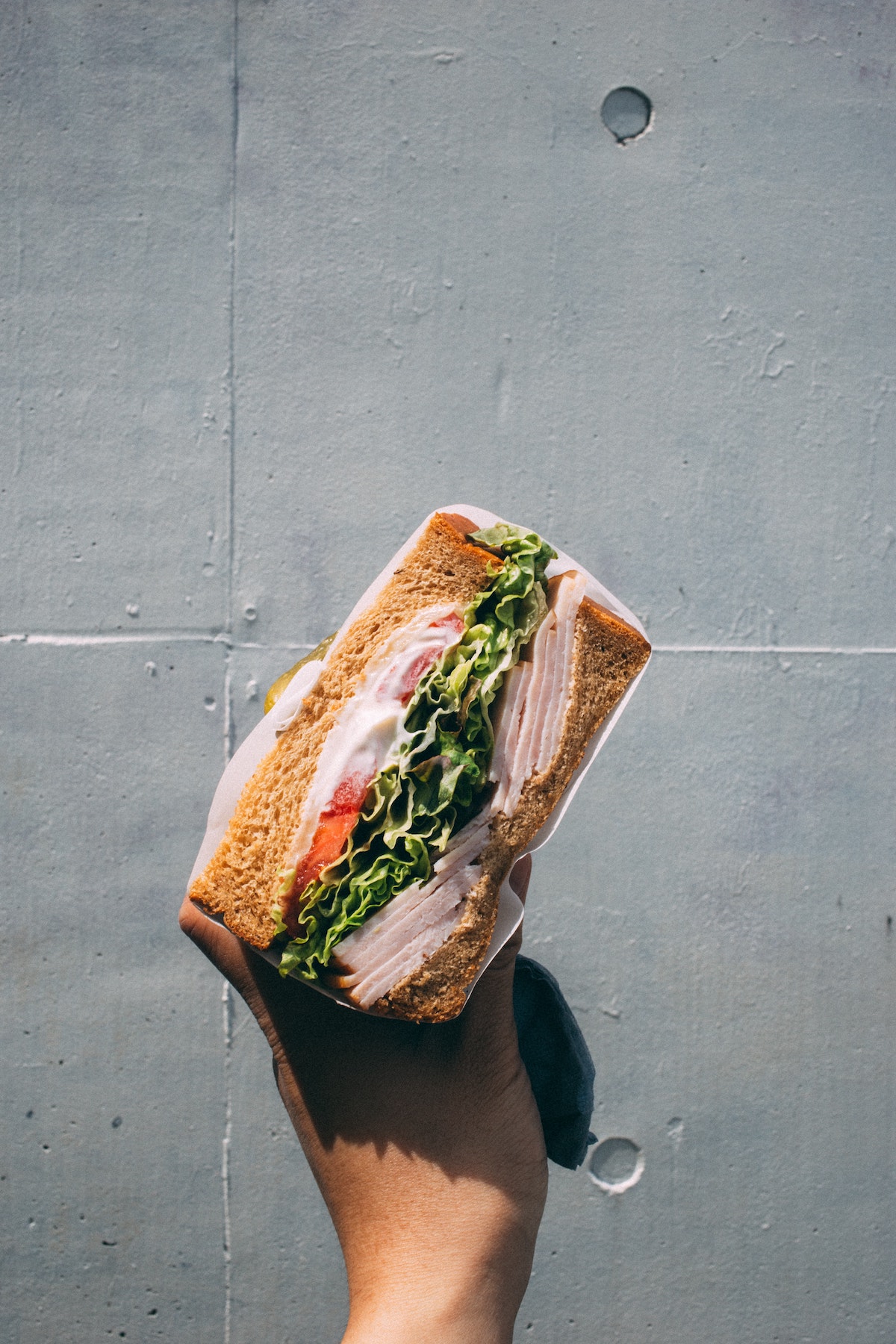
Hanoi House
This always-busy eatery on St. Marks Place near Avenue A is something of an anomaly.
When the Vietnam War ended in 1975, scores of immigrants from south Vietnam fled their country, many of them creating lives for themselves in the United States. And many of them even opened restaurants.
Therefore, 99.9 percent of the Vietnamese eateries in the United States serve up the food from the south. To eat northern Vietnamese cuisine, which has its own style and distinct dishes, you have to get on an airplane and go to Hanoi. Or you can grab a table at Hanoi House, the best Vietnamese restaurant in New York.
The pho here, as it tends to be in the north of Vietnam, has a darker, richer, more flavorful broth (and is not sprinkled with sugar, as is the wont of the south). The banh mi is loaded with porky goodness. And the bun cha, one of the most popular dishes in Hanoi, is a delicious feast unto itself.
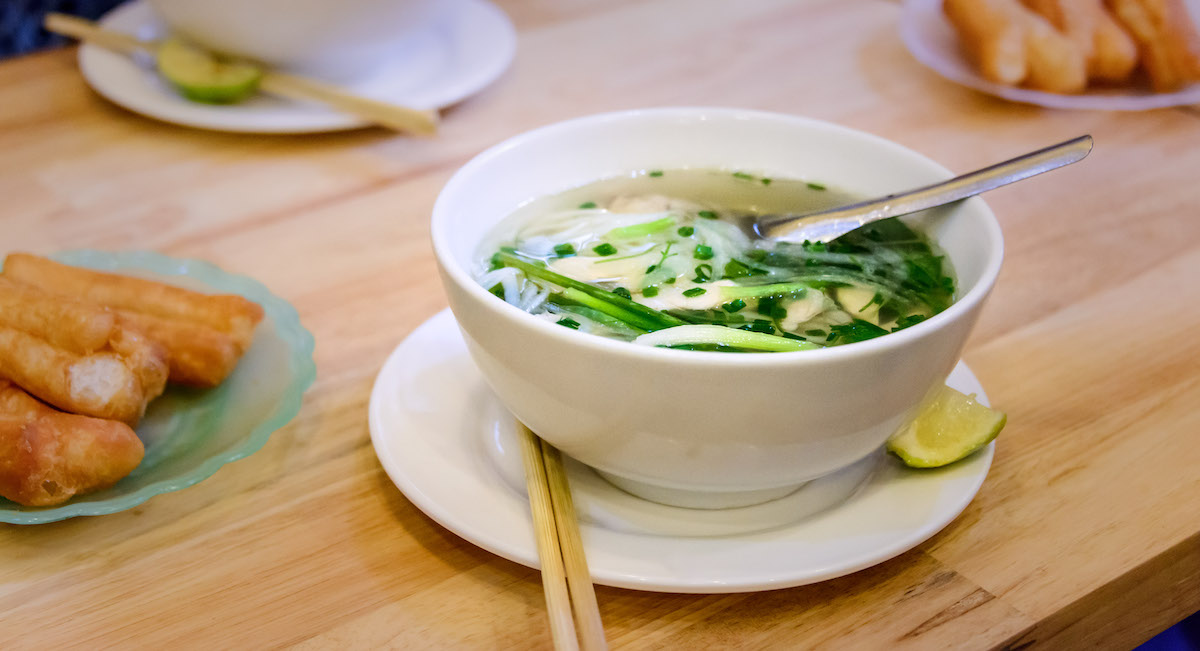
Hearth
This Italian restaurant with chef/owner Marco Canora at the helm has been anchored on First Avenue and East 10th Street for two decades. The kitchen focuses on no-fuss, high-quality simple Italian dishes. The menu changes with available seasonal ingredients, but you’re in luck if the fork-tender roasted duck or the beef and ricotta meatballs are on the menu.
Huertas
For those yearning to recreate that pintxos crawl you once did through the streets of San Sebastian’s Parte Vieja, Huertas will do a pretty good job of transporting your tastebuds.
Start with the foie gras and blood orange agrodolce on toast, and ordering a gilda is nearly obligatory. The Basque Dog is a surprisingly delicious hot dog made with chistorra sausage.
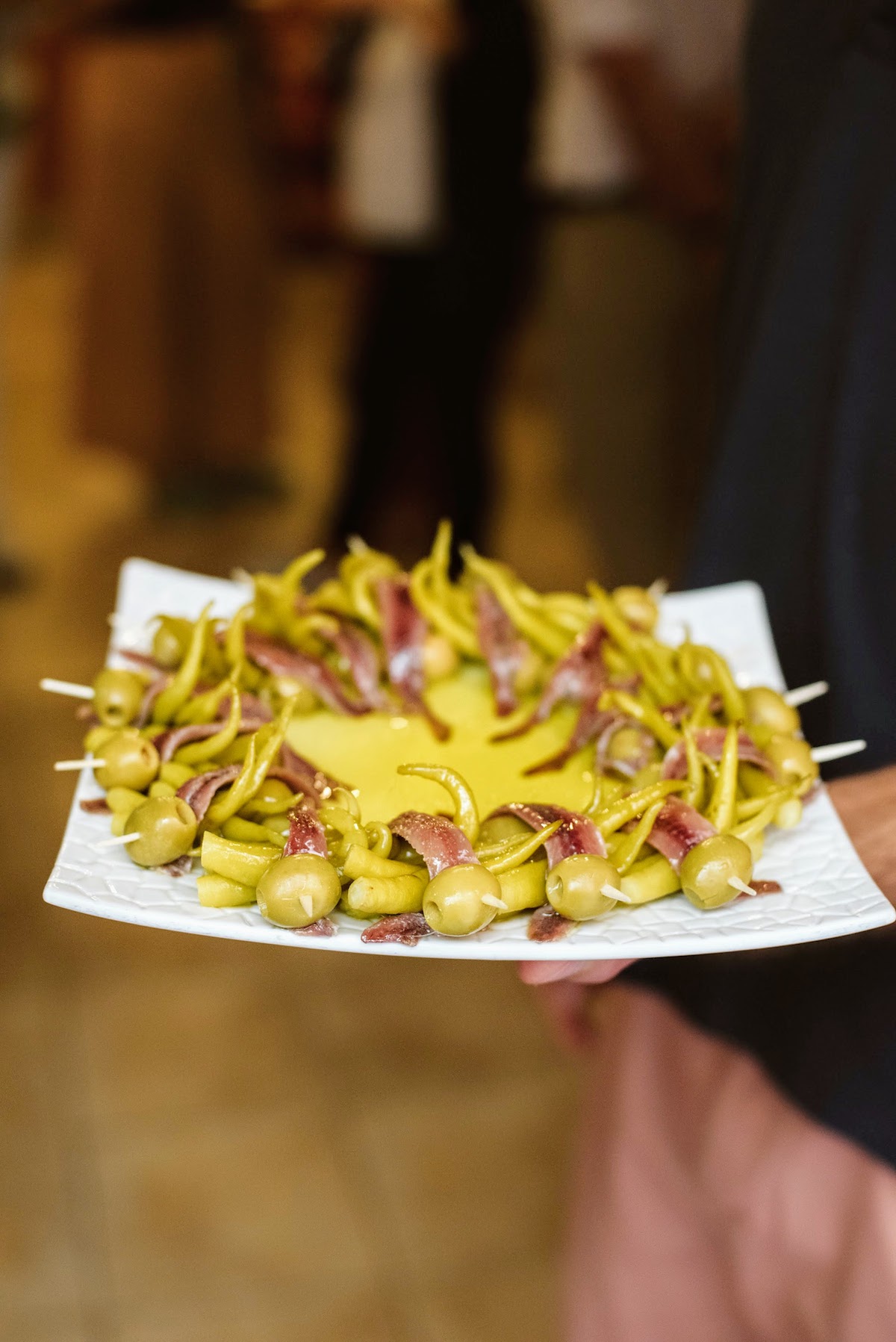
Kafana
When people think of Serbia, “great food” is probably not the first thing that comes to mind. But, in fact, Serbian cuisine actually is quite good, albeit hearty.
At Kafana, located on Avenue C, you can dig into a plate of juicy, rib-sticking čevapi (cigar-shaped minced meat sausages) or flirt with a heart attack by munching on rolovane suve šlivje i dzigerica—that’s walnut-and-cheese-stuffed prunes which are then coated with chicken liver and twirled with bacon. You get the idea.
The food at Kafana really is good, if you can survive without perishing from cholesterol overdose. And if you do, don’t forget to order a shot or two of rakija, the über-potent fruit brandy that is ubiquitous all over the Balkans.

Málà Project
There are a lot of small plates at this Chinese eatery on First Avenue that are excellent—pig ear in chili oil, eggplant with roasted garlic or you could get crazy and order something called “Husband & Wife Lung Slices”—but the main event is the dry pot. Think a series of customizable ingredients that are cooked in a spicy Szechuan sauce called málà, and then it all arrives at your table in one big bowl of deliciousness.
There are about five dozen different potential ingredients for a dry pot (for two diners, seven t0 ten is a good amount). Some interesting options include pork belly, Spam, chicken hearts, pork liver, scallops, squid, frog, and all manner of vegetables.

Momofuku Noodle Bar
David Chang’s first restaurant is still firing on all cylinders.
There are nightly specials—if the spicy pork sausage and rice cakes are offered, GET IT—but first-timers (even 21st-timers) have to order the revelatory pork belly bao buns, so popular they’re often not even listed on the menu anymore. Then tuck into a bowl of signature smoked pork ramen. And just like that, you’ve had the ultimate Momofuku experience.
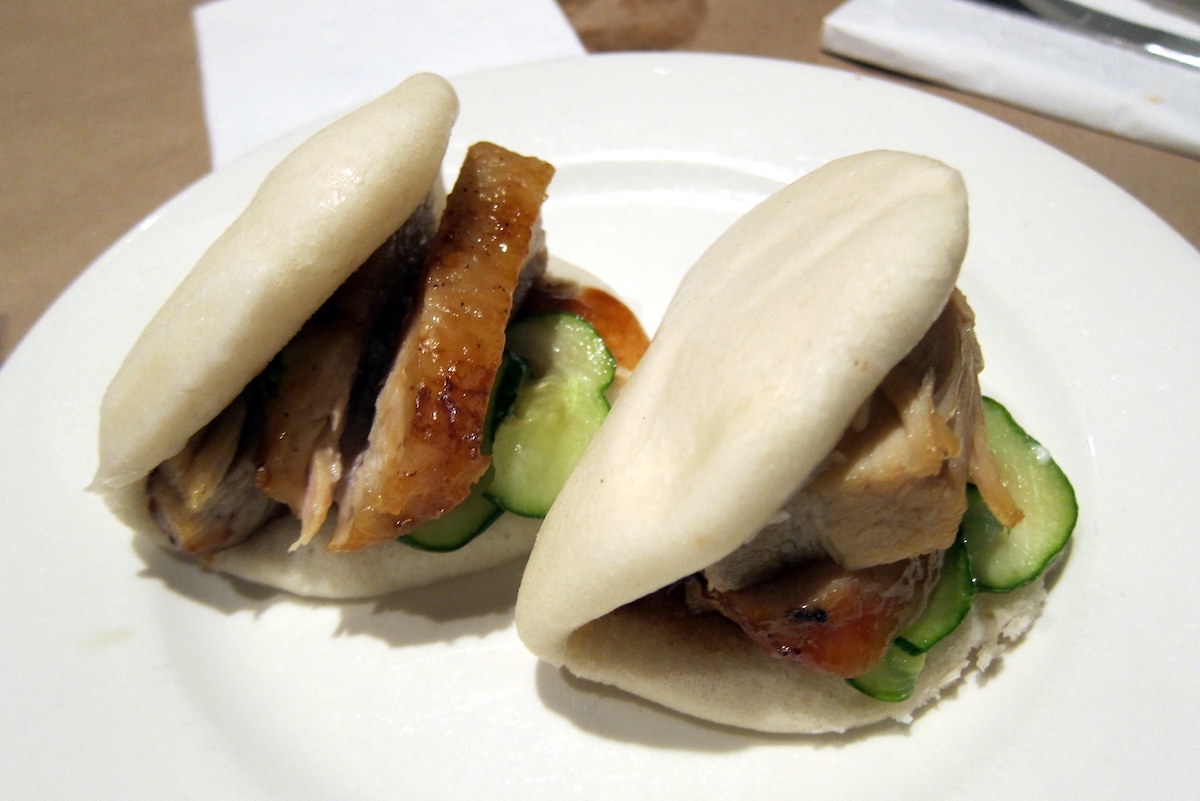
Rowdy Rooster
The restaurant group Unapologetic Foods can seemingly do no wrong. Their three restaurants—Semma, Dhamika, and Adda—each tackle a region in India, serving up excellent versions of dishes that haven’t really made the leap outside of India yet.
The team has deviated a bit with fast-casual Rowdy Rooster, jumping into the hot chicken ring. Or more specifically, hot Indian fried chicken, another dish from the subcontinent you don’t hear much about. The chicken here—you can get it on its own or in sandwich form—is not only excellent; it’s addictive.
Choose your heat, slather on some chutney, and after a bite, you’ll already be planning your next visit.
Somtum Der
Specializing in the cuisine of Isan, one of Thailand’s poorest regions located in the northeastern part of the country, Somtum Der is a former one-time Michelin-starred eatery that serves up ultra-spicy versions of Isan’s signature dishes: green papaya salad and larb, a ground meat “salad” that is intermixed with garlic, onion, green veggies, and chilies—lots and lots of chilies.
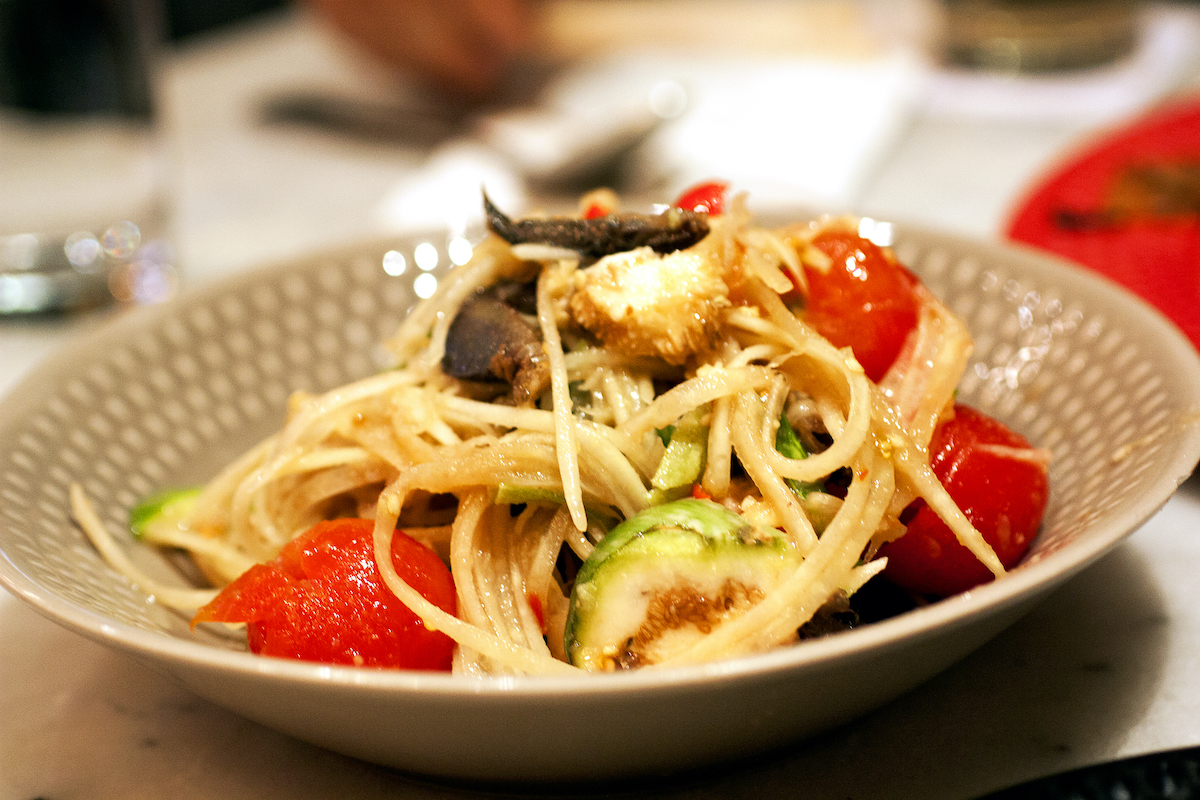
Soothr
Pronounced “Sood,” the name of this restaurant means “recipe” in Thai. The menu spins around this Southeast Asian country, landing in Chiang Mai for an excellent and rich version of khao soi and central Thailand with the braised beef Massaman curry. Other winning dishes are seared duck curry and the dried crab noodles.
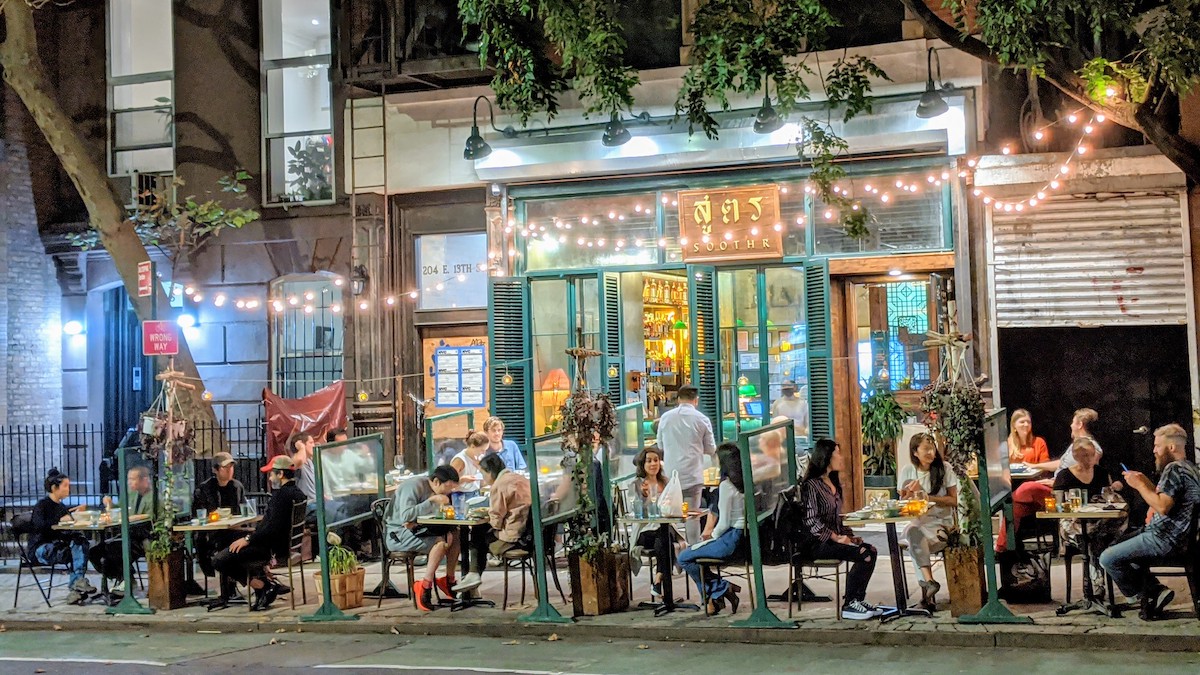
Van Da
The Vietnamese dining scene in recent years has gotten a sorely needed injection of deliciousness. Van Da is one of the players in this welcome trend of excellent Vietnamese restaurants in New York.
For the novice diner of Vietnamese fare, there won’t be a lot of recognizable menu items here, but don’t let that scare you away. Part of the reason for this is because some menu items are from the under-represented town of Hue. Another reason is that the chef has invented some dishes, like the excellent pho grilled cheese sandwich.
Van Da also serves the fish dish cha ca la vong, a dill-spiked dish that is mostly only made in Hanoi.
Veselka
This Ukrainian restaurant is the beating heart of the still-existing Ukrainian community in the East Village. Established in 1954, the diner-like Veselka traditionally has stayed open 24 hours a day (in pandemic times, it closes at midnight) and it’s long been the beloved place to get one last bite to eat after an East Village bar crawl.
The pierogies here are very satisfying. So is the luscious veal goulash, the tender pork-and-beef Ukrainian meatballs, and hearty mixed grill of sausages, mashed potatoes, and sauerkraut. There is a section of the menu for American classics too.

Explore NYC Like a Local
Join one of our top-rated New York City tours! With the help of our expert local guides, you’ll get to experience New York City up close and learn about its fascinating history and varied culture.

